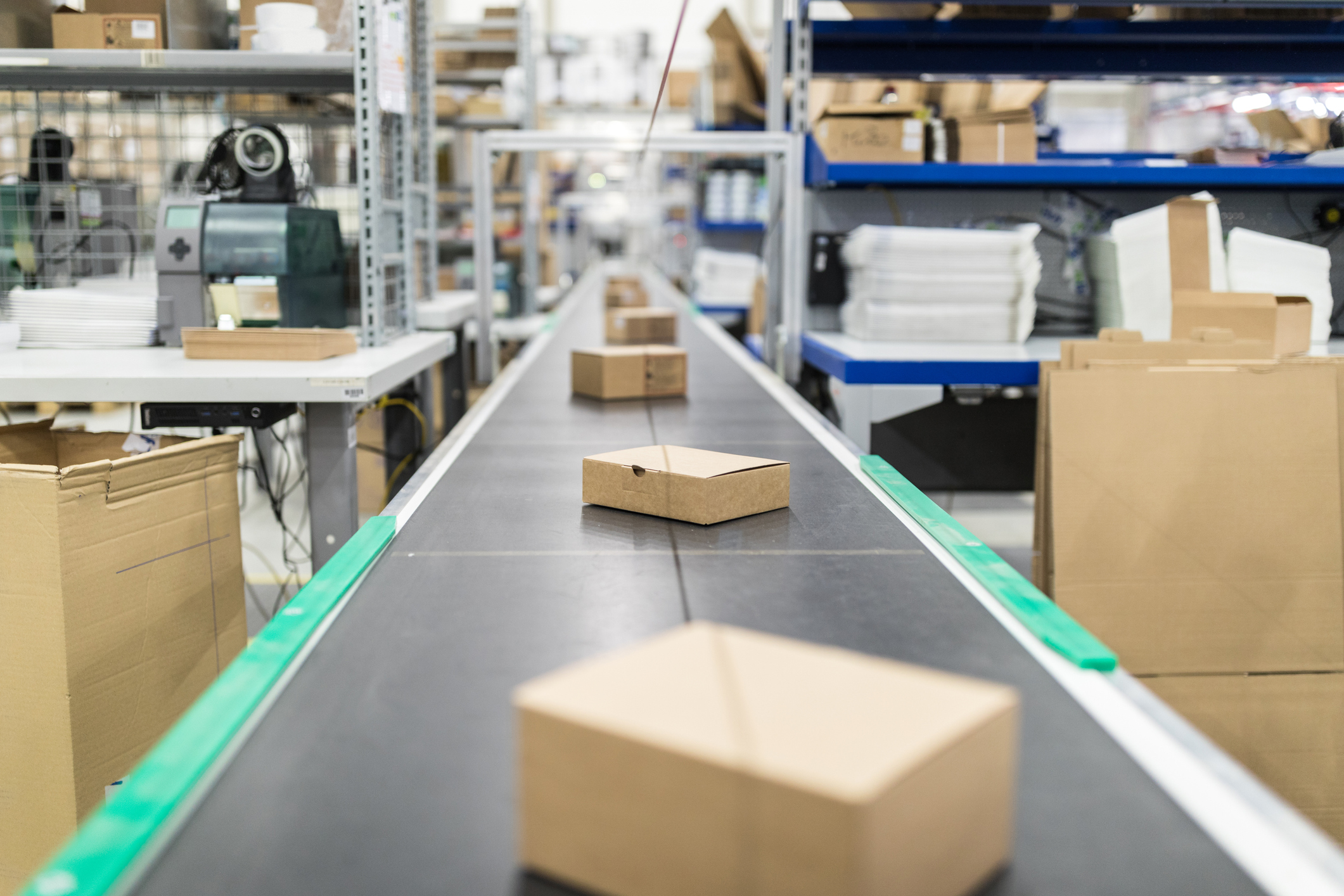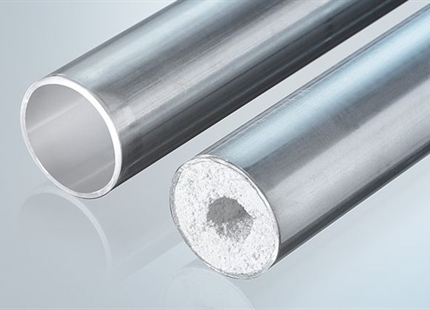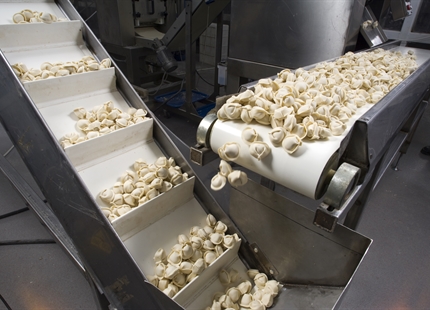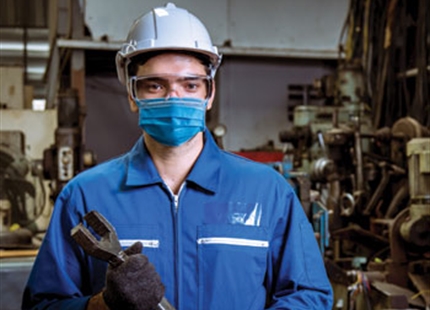01.06.2020
Why a Controlled Atmosphere in Packaging Matters
Today’s packaging sure goes through a lot of abuse. Bangs, drops, scrapes, and bumps are all part of the shipping process that can’t be outright avoided, but how such products are made and stored dictates whether they’ll even be used. A controlled atmosphere in packaging production is critical in this sense. Let’s explore in more detail why, highlighting why proper humidity control can lead to packaging longevity, quality assurance, and optimal durability. Production Efficiency and Reduced Material Wastage Many adhesives commonly used in packaging are sensitive to ambient temperatures and moisture. For instance, have you ever encountered packaging that develops cracks along the folds, sags in the corners or isn’t adhered together tightly? These are signs of either too low or high relative humidity – generally, between 40 to 60 percent RH is ideal for this application. Having the right amount of moisture in the air can make all the difference when protecting the contents your packaging is intended to contain thanks to more effective adherents. In addition, labels won’t peel or fall off as easily. Without proper humidity control and regulated indoor manufacturing conditions, packaging producers run the risk of inconsistent quality assurance and increased material wastage – an expensive risk to take. Reduced Electrostatic Discharge Risk Not all forms of packaging are the same. Some incorporate metal foils and films that can carry an electrical current. If you manufacture these in a space with relative humidity that deviates from the safe range or even store packaging in such an area, a buildup of electrostatic energy can occur. This can damage the items placed into these packages, it’s true, but the bigger problem manufacturers face is straightforward handling and adhesion. ESD can hamper effectiveness not only when it comes to foil adhesion but also label printing, so ensuring the right amount of air moisture content is essential to a hassle-free production line. Consistency in Final Product Dimensions and Shape One of the most significant causes of packaging problems is unintended alterations in material dimensions and issues with mis-registers. This can occur during production or when in storage – it all depends on the relative humidity of the environment in question. Implementing a consistent, controlled atmosphere in packaging means also having consistent product quality, ensuring you can meet the needs of customers as efficiently as possible. This is owed to faster, more effective production lines, which benefit themselves from reduced material wastage and electrostatic discharge risk. With minimal machinery downtime and optimized production, you can expect a domino effect of improved performance from the first step of assembly to final storage prior to shipping. There are many more facets of packaging production and storage that benefit from proper humidity control, from the reduced risk of cracking and tearing during the embossing process to mitigated ESD issues during the slitting and rewinding of label reels. Condair is familiar with all of them and prepared to deliver cost-effective, energy-efficient humidification solutions, helping you ensure a controlled atmosphere in packaging. Whether you manufacture shipping boxes en masse or simply need an optimized space for the storage of packaged sensitive items, our team is happy to help. Contact us today to learn more! Similar Links: https://www.condair.com/humidifiernews/blog-overview/why-workplace-air-quality-testing-matters














